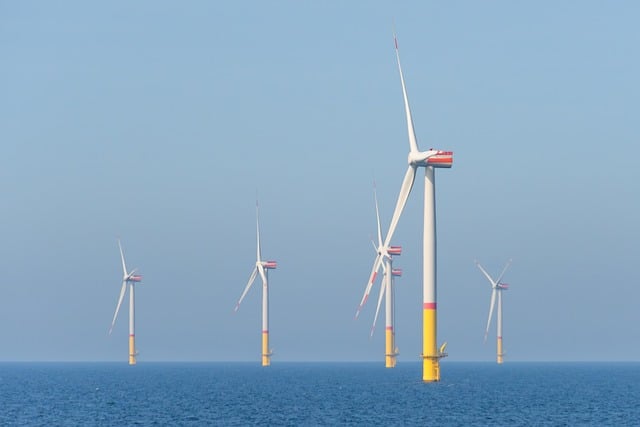In an era where the conversation around climate change dominates headlines and personal decisions alike, the importance of energy renovation emerges as a beacon of hope for achieving sustainable development. As we collectively strive for a carbon-neutral future, understanding the impact of our ecological footprint becomes essential. Every building we inhabit, every space we work in, holds the potential to either contribute to or mitigate the challenges posed by climate change.
Sustainable development is not just a buzzword; it’s a necessity. Incorporating renewable energy solutions into our daily lives and improving existing infrastructures through energy renovation can significantly reduce our carbon emissions. This transformation benefits not just the environment but enhances our living spaces, making them more efficient, comfortable, and healthier. By adopting green technologies in renovation projects, we pave the way for significant strides toward carbon neutrality.
Consider the thrilling advances in green technologies that are reshaping the construction and renovation sectors. From solar panels that seamlessly integrate into building designs to energy-efficient insulation materials, the options are not merely theoretical; they are tangible, reachable goals. Investing in energy-efficient appliances and harnessing the power of sustainable materials aren’t just wise choices—they’re vital steps toward a more responsible future.
As we commit to reducing our ecological footprint, energy renovation emerges as a pivotal strategy. It’s not merely about the energy we use, but how we use it. By retrofitting homes and commercial properties with energy-efficient systems, we dramatically lower energy consumption and greenhouse gas emissions. This process involves upgrading heating and cooling systems, installing smart meters, and incorporating renewable energy sources, all of which contribute to a substantial decrease in our overall carbon output.
Moreover, energy renovation is not merely an individual responsibility but a collective movement. Communities can come together to embrace a future that prioritizes sustainability and aims for carbon neutrality. Local governments, businesses, and citizens can collaborate on renovation projects that not only enhance energy efficiency but also provide economic benefits and job opportunities in the green sector. This synergy amplifies the impact of energy renovation, driving communities closer to their sustainability goals.
Incorporating innovative technologies such as smart home systems can optimize energy usage within our living spaces. These systems allow us to track and manage energy consumption in real time, enabling more informed decisions that align with our sustainability goals. The shift towards renewable energy sources, such as solar, wind, and bioenergy, further supports the trajectory toward a carbon-neutral society.
As we venture deeper into the complexities of our climate crisis, it is clear that every step taken towards energy renovation contributes to a brighter, more sustainable planet. By transforming our built environment, we can redefine our approach to sustainability and set an example for future generations. The pathway to carbon neutrality through energy renovation is not just a distant dream; it is an achievable reality with profound implications for our world.




